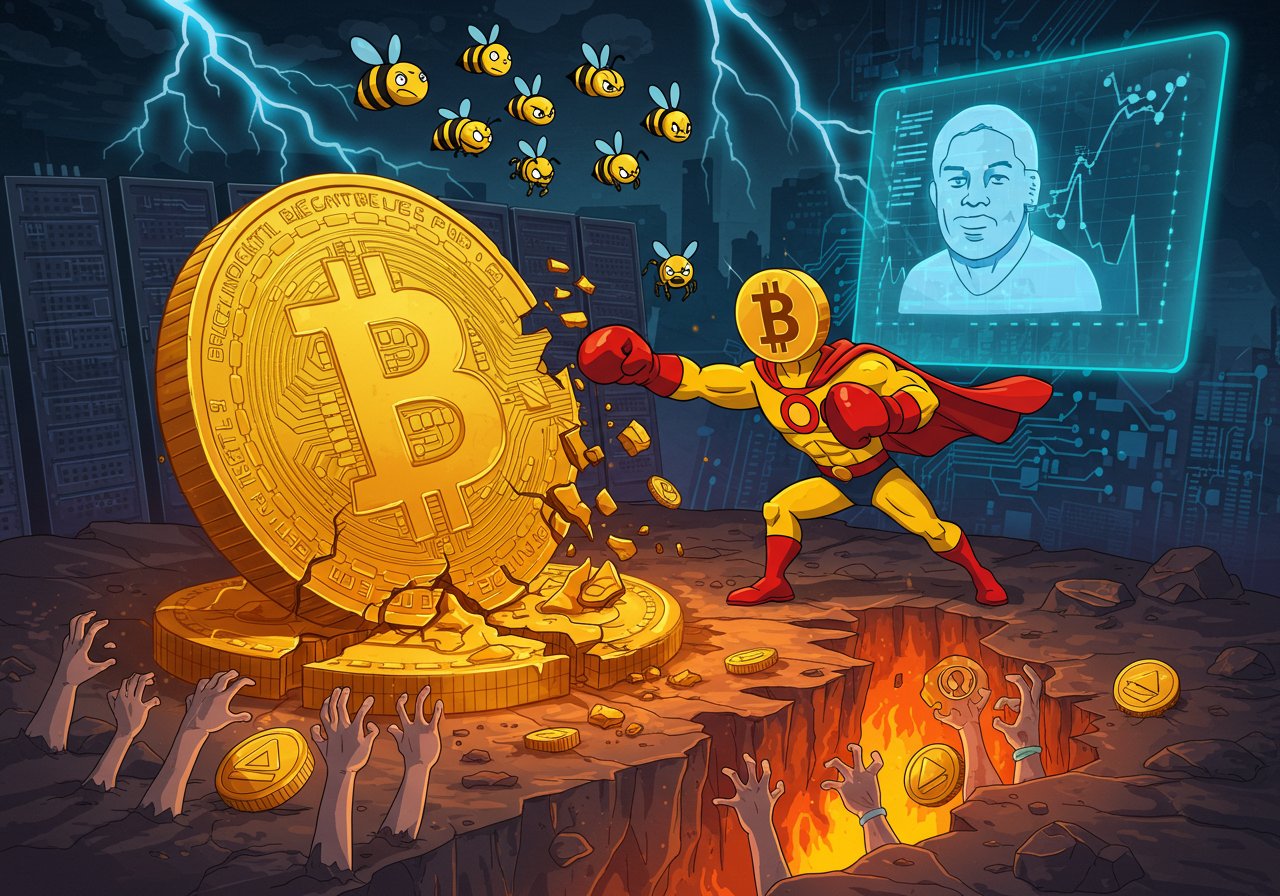
The Unbreakable Promise: Bitcoin‘s 21 Million Coin Limit
Bitcoin‘s revolutionary design hinges on a fundamental principle: a hard cap of 21 million coins. This isn’t just a technical detail; it’s the bedrock of Bitcoin‘s scarcity and, consequently, its value proposition. Unlike traditional fiat currencies, which can be inflated at will by central banks, Bitcoin‘s supply is fixed, programmed into the blockchain‘s code. This finite supply is a key reason why Bitcoin is often likened to digital gold, a scarce asset that can act as a hedge against inflation and a store of value. But, in a world of evolving technologies and shifting economic landscapes, could this hard-coded limit ever be challenged, and if so, what would be the implications?
Understanding the Significance of Scarcity
The concept of a hard cap is paramount to understanding Bitcoin‘s appeal. It directly impacts its perceived scarcity, a crucial factor in its value. If the supply of an asset is fixed, and demand increases, the price tends to rise. This is simple economics. Conversely, if the supply could be arbitrarily increased, the value would likely depreciate. Satoshi Nakamoto, Bitcoin’s pseudonymous creator, understood this fundamental principle when designing Bitcoin. The 21 million coin limit was a conscious decision to create a deflationary asset, a direct contrast to the inflationary tendencies of most national currencies. This controlled supply schedule, coupled with the halving events (where the reward for mining new blocks is halved approximately every four years), ensures that the rate of new Bitcoin creation continually slows, further reinforcing scarcity.
Historical Context and Potential Challenges
While the 21 million cap is a cornerstone of Bitcoin‘s design, debates and discussions about its potential modification have emerged, albeit rarely. In the early days, there were concerns regarding miner incentives, suggesting a potential need for some post-cap inflation. However, Satoshi Nakamoto’s design, which focuses on transaction fees as a source of income for miners, has largely addressed this concern. Another example lies in the block size wars of 2017. Even relatively minor changes, such as block size increases, caused significant community divisions, leading to hard forks like Bitcoin Cash. This historic event offers a glimpse into the community’s resistance to changes to core Bitcoin protocols, highlighting the difficulty and complex governance processes needed to adjust Bitcoin’s code.
What if the Cap Was Changed? A Scenario Analysis
Any attempt to alter Bitcoin‘s hard cap would likely unleash a cascade of consequences. The most immediate would be a massive blow to trust. Bitcoin’s value rests on the trust placed in its scarcity. Changing the cap would fundamentally undermine this trust, leading to market uncertainty and potentially a substantial sell-off. Furthermore, any such proposal would almost certainly trigger a hard fork, creating two separate versions of Bitcoin. While a hard fork is technically possible, it would be up against enormous odds and historical precedent. Success of forked chains requires community consensus and adoption, which would be difficult to achieve, as Bitcoin‘s community fiercely protects its core principles. The implications are significant; the current ecosystem for Bitcoin is massive and any hard fork would face high barriers to overcome, starting with the vast developer and miner support.
The Immovable Foundation: Bitcoin‘s Future
The 21-million coin limit isn’t just a number; it’s a promise baked into Bitcoin‘s very essence. It’s a testament to its unique design, which is what has cemented its status as the preeminent cryptocurrency. While it’s theoretically possible to change the cap, the practical hurdles are immense. The network’s decentralized nature and fiercely protective community stand as staunch guardians of this critical feature. The scarcity embedded within Bitcoin‘s core design will continue to drive its value and distinguish it from other digital assets, making it a cornerstone of the cryptocurrency revolution.


